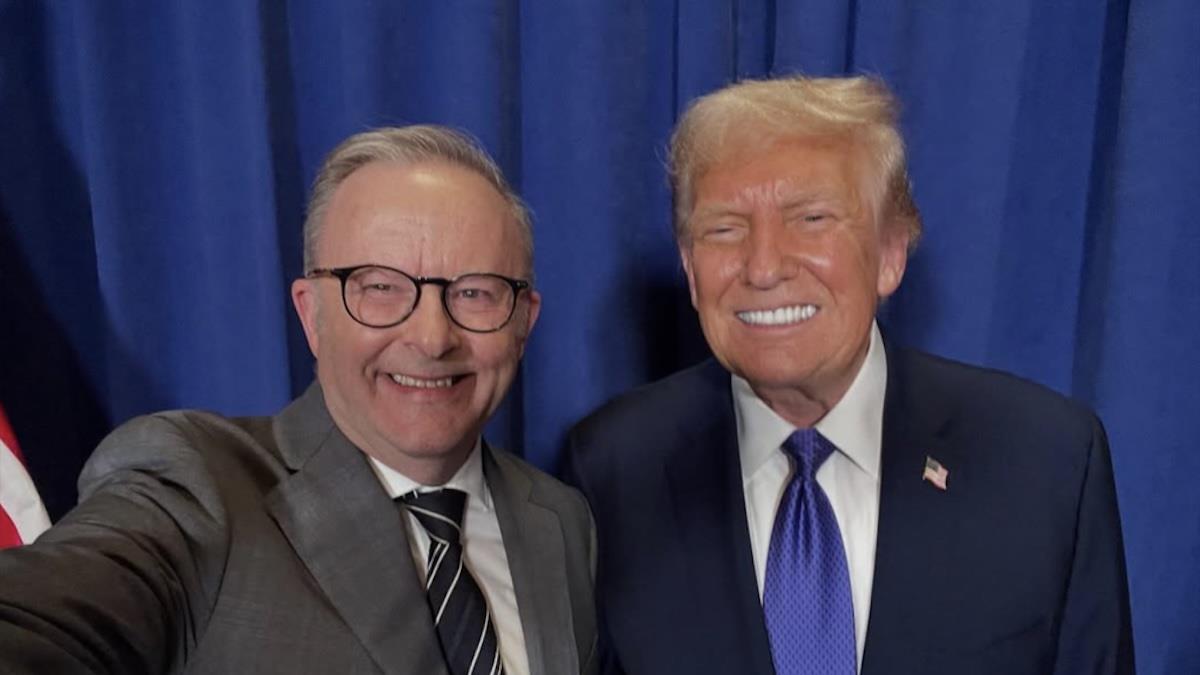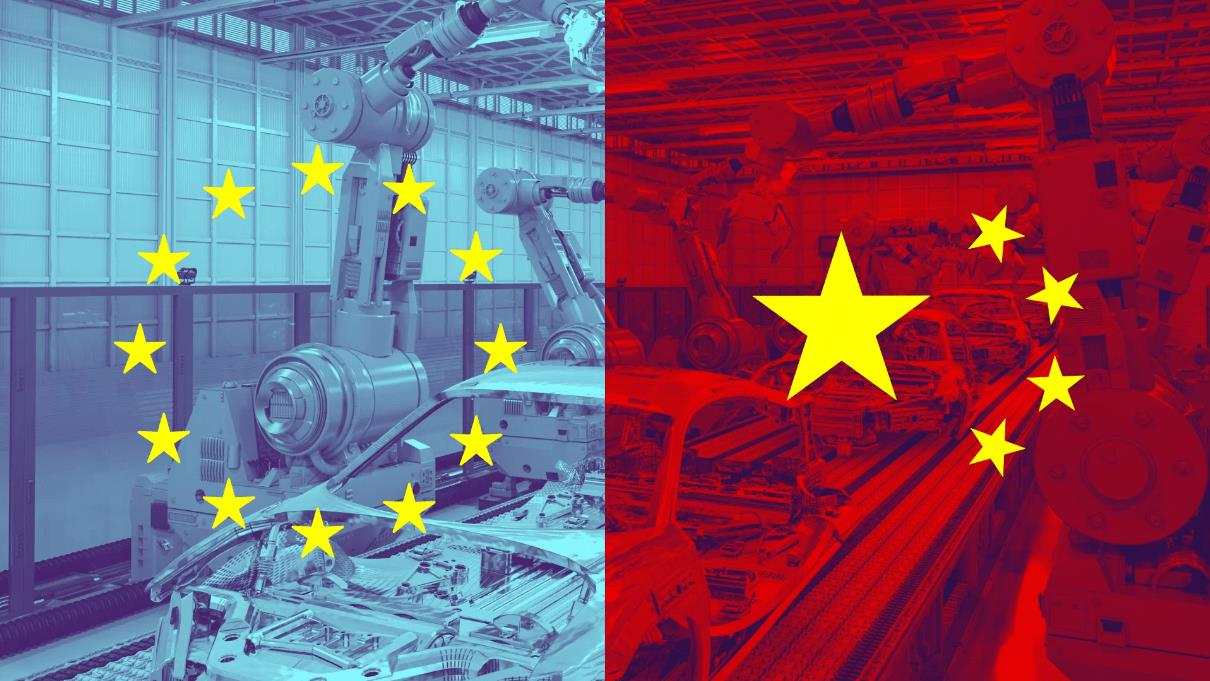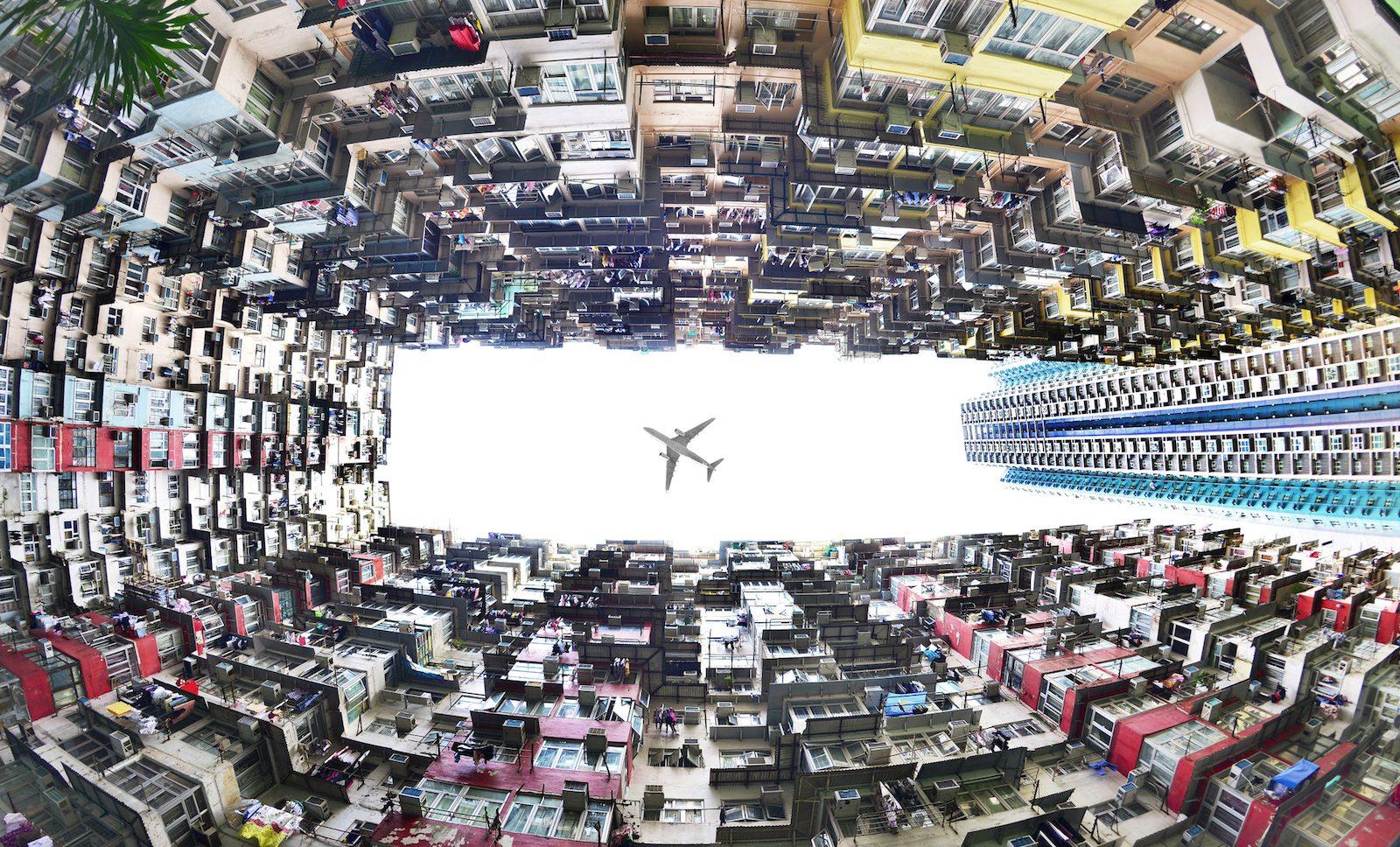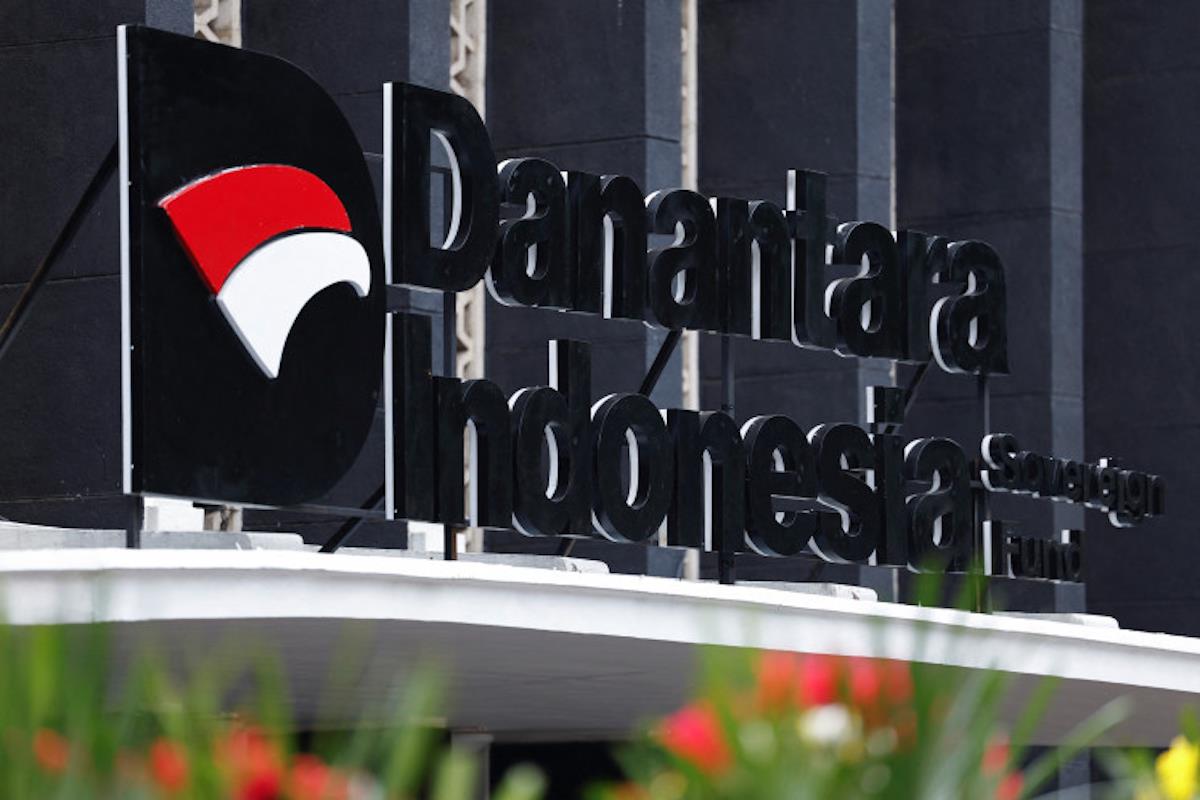
How Indonesia's Danantara Blends Power, Profit And Politics
Unlike the resource-rich funds of the Middle East or the export-driven reserves of East Asia, Danantara is born from a different material. Its financial DNA comes not from oil, gas or trade surpluses but from the divestment and securitization of domestic state assets.
Its initial capital is drawn from dividends of state-owned enterprises (BUMN) and allocations of State Capital Injection (Penyertaan Modal Negara/PMN) – resources that are themselves products of fiscal and political decisions. This origin story already marks Danantara as a hybrid: commercial in form but political in essence.
In President Prabowo Subianto's economic vision, Danantara serves as both a national investment vehicle and a mechanism of sovereignty, a financial arm through which the state reclaims command over strategic arteries of the economy.
It is Indonesia's attempt to build a sovereign capitalism that is neither liberal nor statist but something in between, a system where profit-seeking enterprises align with the long-term goals of national power.
Yet this model raises an uncomfortable question: If a sovereign fund is built not from surplus wealth but from recycled state capital, can it sustain both the discipline of business and the ambitions of politics?
Political DNAFrom its inception, Danantara's structure reveals a dual ambition: to make money and to make order. Consolidating state assets under one managerial body enables efficiency and coordination but also reconfigures political power.
The Indonesian government has effectively centralized control over assets once dispersed among dozens of BUMN entities, each with its own board, bureaucracy and interest network.
This centralization is more than administrative. It converts fragmented ownership into unified influence. Whoever controls Danantara controls the flow of capital, the direction of investment and the terms of partnership. In a country where economic elites and political power have long coexisted in a delicate dance, Danantara tilts that balance decisively toward the state.
Danantara's reach extends beyond SOE governance. It redefines the relationship between the government and Indonesia's private business elites, particularly the large conglomerates that have dominated domestic capital for decades.
Through investment partnerships, co-financing and joint ventures, Danantara acts as both collaborator and gatekeeper. Access to state-backed capital increasingly depends on alignment with national development priorities -and, implicitly, with the administration's political agenda.
This makes Danantara a disciplinary institution as much as a financial one, channeling capital to reinforce political coherence. In doing so, it echoes other experiments in state capitalism where profit and power blur. Its purpose is not merely to grow wealth but to govern through capital, an approach that transforms the financial system itself into an instrument of statecraft.
To fully understand Danantara's unique character, one must consider the evolution of sovereign wealth funds. The world's first such fund, the Kuwait Investment Board (1953), was created not to liberalize the economy but to secure the monarchy's control over oil revenues.
Latest stories
Australians worry markedly more about US interference: new poll

Europe at a crossroads with China trade

China's economic retaliation against Takaichi is just beginning
Its pattern was later mirrored across the Gulf by the Abu Dhabi Investment Authority (ADIA ), the Qatar Investment Authority and the Saudi Public Investment Fund, all framed as technocratic financial bodies but in reality extensions of dynastic governance.
The logic behind these funds was never purely economic. They were designed to transform volatile resource income into stable political legitimacy. By accumulating wealth abroad, ruling families reduced domestic fiscal dependence and insulated their regimes from political contestation. In the process, sovereign funds became instruments of power preservation, managed by trusted elites and shielded from public accountability.
Russia later adapted this model differently. After the chaotic privatizations of the 1990s, President Vladimir Putin reasserted the state's dominance over the commanding heights of the economy. Energy giants like Gazprom and Rosneft became political tools to discipline oligarchs and consolidate authority. Business magnates were permitted to thrive, but only within boundaries set by the Kremlin. Loyalty became the price of access.
Norway remains the democratic outlier in this global pattern. Its Government Pension Fund Global, rooted in transparent governance, rule of law and long-term welfare investment, represents a moral counterpoint to the authoritarian logic of most sovereign wealth funds.
Against this backdrop, Danantara occupies a space between the developmental aspirations of democratic governance and the strategic instincts of centralized power. It borrows the language of market efficiency but the logic of state control.
Hybrid modelDanantara's design reflects a bold financial experiment.
Without the natural windfalls that fund most sovereign wealth funds, Indonesia must engineer its own liquidity by channeling dividends from profitable BUMN and supplementing them with state budget capital injections. These resources are then leveraged through asset securitization and debt issuance, including Patriot Bond, to attract external financing.
This structure transforms state-owned assets into the backbone of a new kind of fund that borrows capital rather than inherits it. Such a model can create a powerful multiplier effect if governance, transparency and risk management are sound. But it also embeds political risk into the fund's foundation: Because Danantara's resources come from public assets, every investment decision carries not only financial implications but also moral and political consequences.
Danantara's mission reflects this tension. It is expected to deliver competitive returns like a private fund while investing in national priorities such as energy security, technological innovation and human capital.
These are strategic imperatives rather than purely commercial ventures; their success depends on coordination with ministries, regulators and even political actors. In short, Danantara must reconcile the short time horizon of markets with the long-term horizon of nation-building.
This hybridity is thus both its strength and its vulnerability. It allows the government to mobilize capital quickly and align investments with developmental goals, but it also blurs accountability. If a project succeeds, it is heralded as a triumph of vision; if it fails, it can be dismissed as a market risk, leaving the line between public stewardship and political discretion perilously thin.
For Prabowo, this ambiguity is strategic. Danantara enables the state to reassert its command over economic direction while maintaining the façade of market rationality. It creates a single institutional hub through which the government can manage capital, negotiate with private elites, and shape industrial priorities, all without overtly expanding bureaucratic control.
In essence, it governs the market from within.
Political economy of controlDanantara is more than a policy instrument; it is the financial architecture of Prabowonomics, uniting nationalistic rhetoric with pragmatic capital management. It projects strength abroad while consolidating discipline at home.
By centralizing state ownership and investment decisions, Prabowo restores the state's leverage over Indonesia's most powerful economic actors. Large family-owned conglomerates, long operating as semi-autonomous centers of capital, now find their fortunes tied to state policy. To access large-scale investment or joint projects, they must align with Danantara's portfolio priorities. Cooperation becomes a form of compliance.
This model recalls Putin's Russia, where the boundaries between state, business and politics merged into a unified apparatus of control. Yet Indonesia's version carries a more democratic veneer, couched in developmentalist language and nationalist aspiration. In this sense, Danantara represents a subtler instrument of political consolidation, one that uses financial partnership rather than coercion to align power.
There is also a symbolic continuity in Danantara's creation. The fund's name reportedly draws from an idea associated with Sumitro Djojohadikusumo, Prabowo's father and a major figure in Indonesian economic thought.
Reviving this legacy allows Prabowo to not only invoke his family's technocratic pedigree but also reclaim a historical vision of state-led modernization, a project that blends economic pragmatism with patriotic duty.
Yet history also warns that tight fusion between power and capital can be perilous. When political proximity shapes economic success, innovation and competition risk suffocation and efficiency gives way to patronage. Danantara's future will thus depend on whether it can institutionalize professionalism and transparency within a system designed for political centralization.
Indonesia's new state capitalismIn the years ahead, Danantara is poised to become the central node in Indonesia's evolving political economy.
If successful, it could propel Indonesia into a new era of strategic capitalism where national interests and market logic reinforce rather than contradict each other. Properly governed, it could channel state and private capital into long-term investments that raise productivity, accelerate the energy transition and nurture Indonesia's human capital base.

Sign up for one of our free newsletters
-
The Daily Report
Start your day right with Asia Times' top stories
AT Weekly Report
A weekly roundup of Asia Times' most-read stories
But the risks are equally profound. A fund built on asset securitization rather than surplus savings carries structural fragility. Market shocks, investment missteps or political interference could magnify fiscal vulnerabilities. The temptation to use Danantara for short-term political or populist ends, particularly in election cycles, could undermine its credibility with investors and partners.
More fundamentally, Danantara represents a shift in the balance of power between the state and Indonesia's business elite. As the fund expands, it will redefine the hierarchy of influence in the national economy. The state – via Danantara – will reclaim the role of commanding shareholder, using financial leverage to shape corporate behavior and national priorities.
For supporters, this marks the long-overdue correction of Indonesia's post-Suharto liberalism. For critics, it signals the quiet return of economic centralization under a democratic guise.
Whatever the interpretation, Danantara marks a new phase in Indonesia's developmental journey, aligned with the global resurgence of state capitalism. Across the world, governments are reclaiming strategic sectors, guiding capital flows and blurring boundaries between business and politics. Indonesia joins this trend on its own terms via Danantara.
In the end, Danantara's legacy will depend less on its balance sheet than on its governance ethos. If it can preserve transparency, resist politicization and deliver tangible public value, it could emerge as a uniquely Indonesian model of state-led capitalism-pragmatic yet accountable, nationalist yet adaptive.
But if it succumbs to the gravitational pull of political patronage, it risks becoming another arena where old patterns of elite domination are repackaged in modern financial form.
Danantara is both a financial enterprise and a political narrative, carrying Indonesia's aspirations for sovereignty, strength and modernization. It blurs the conventional separation between economics and politics, showing how, in emerging economies, capital itself has become a form of governance.
Under Prabowo, Indonesia is not retreating from the market but redefining it, turning investment into an instrument of national strategy and political stability. Danantara stands as the emblem of Indonesia's 21st-century state capitalism: half business, half politics; half profit, half power.
In its success or failure lies a broader story of how nations in the Global South navigate the tension between democracy and discipline, between economic freedom and the enduring will of the state.
Ronny P Sasmita is a senior analyst at Indonesia Strategic and Economics Action Institution, a Jakarta-based think tank.
Antoni Putra is a lecturer in constitutional law at Andalas University, West Sumatra, Indonesia.
Sign up here to comment on Asia Times stories Or Sign in to an existing accounThank you for registering!
An account was already registered with this email. Please check your inbox for an authentication link.
-
Click to share on X (Opens in new window)
Click to share on LinkedIn (Opens in new window)
LinkedI
Click to share on Facebook (Opens in new window)
Faceboo
Click to share on WhatsApp (Opens in new window)
WhatsAp
Click to share on Reddit (Opens in new window)
Reddi
Click to email a link to a friend (Opens in new window)
Emai
Click to print (Opens in new window)
Prin

Legal Disclaimer:
MENAFN provides the
information “as is” without warranty of any kind. We do not accept
any responsibility or liability for the accuracy, content, images,
videos, licenses, completeness, legality, or reliability of the information
contained in this article. If you have any complaints or copyright
issues related to this article, kindly contact the provider above.


















Comments
No comment